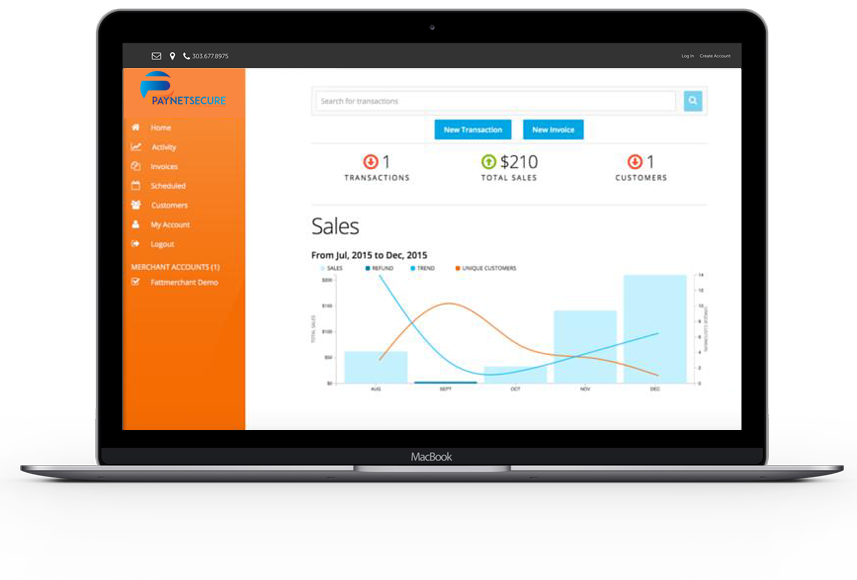High Risk Merchants & Chargebacks
High-risk merchants are frequently categorized as such because of their Chargeback to Transaction Ratio (CTR). According to Visa and MasterCard regulations, if the CTR of a merchant exceeds a threshold of 1%, measures need to be taken in order to mitigate the chargeback risk.
Card holders file chargebacks for a variety of reasons. Some of the chargeback reasons are legitimate, while others are not. A merchant, particularly one that is or can become high-risk, needs to have a good understanding of chargeback reasons. Merchants that sell branded clothing, jewelry, travel, and services that are paid recurrently or delivered electronically should be particularly vigilant when it comes to their CTR.
Reasons for Chargebacks
The most obvious, yet not necessarily the most frequent chargeback reason, is when the cardholder has their card information compromised, allowing a third-party to process fraudulent transactions.
Cardholders who initiated the transaction may subsequently file a chargeback because the products and services were either not delivered or not as described by the merchant. Sometimes the chargeback results from a misunderstanding; the customer may not comprehend the terms of recurring payments or they may have misread the specifications of what they were buying.
According to a study conducted in late 2014, the most common type of fraud that leads to chargeback is friendly fraud (over 80%). This type of fraud describes the situation when the actual owner of the card placed the transaction, but they challenge it despite the fact that the delivery had been made. This may occur either because the customer forgot about the transaction, or because they wish to obtain an illegitimate benefit.
Irrespective of whether the chargeback reason is legitimate or not, it is extremely important to keep the CTR below 1%. If a merchant goes over the threshold of 1%, it can be subjected to penalties and extra fees. Additionally, it will be included in special monitoring systems until the chargeback rate goes below the acceptable threshold.
What is Your Chargeback to Transaction Ratio?
In order to determine the CTR, Visa and MasterCard will divide the total number of transactions of the previous month by the number of chargebacks of the current month. If the ratio exceeds 1%, and the merchant registers over 100 chargebacks monthly, Visa will include the merchant in the Merchant Chargeback Monitoring Program. Similarly, MasterCard will include the merchant in the Excessive Chargeback Merchant Program if the merchant has a CTR higher than 1%, and the number of chargebacks exceeds 50 per month, for two consecutive months. If the merchant has its chargeback rate reduced, it will be removed from these programs.
Conclusion
Many high-risk merchants have had their services terminated by payment processors because of increasing chargeback rate.
It’s important to work with a payment processor that understands how to prevent chargebacks. And fight them when they do occur.
The best approach to handling chargebacks is not to have them in the first place. This is why sophisticated, efficient fraud prevention techniques are available to all merchants.
Are you a high risk merchant that seeking effective solutions to chargebacks?
Contact info@paynetsecure.net today
